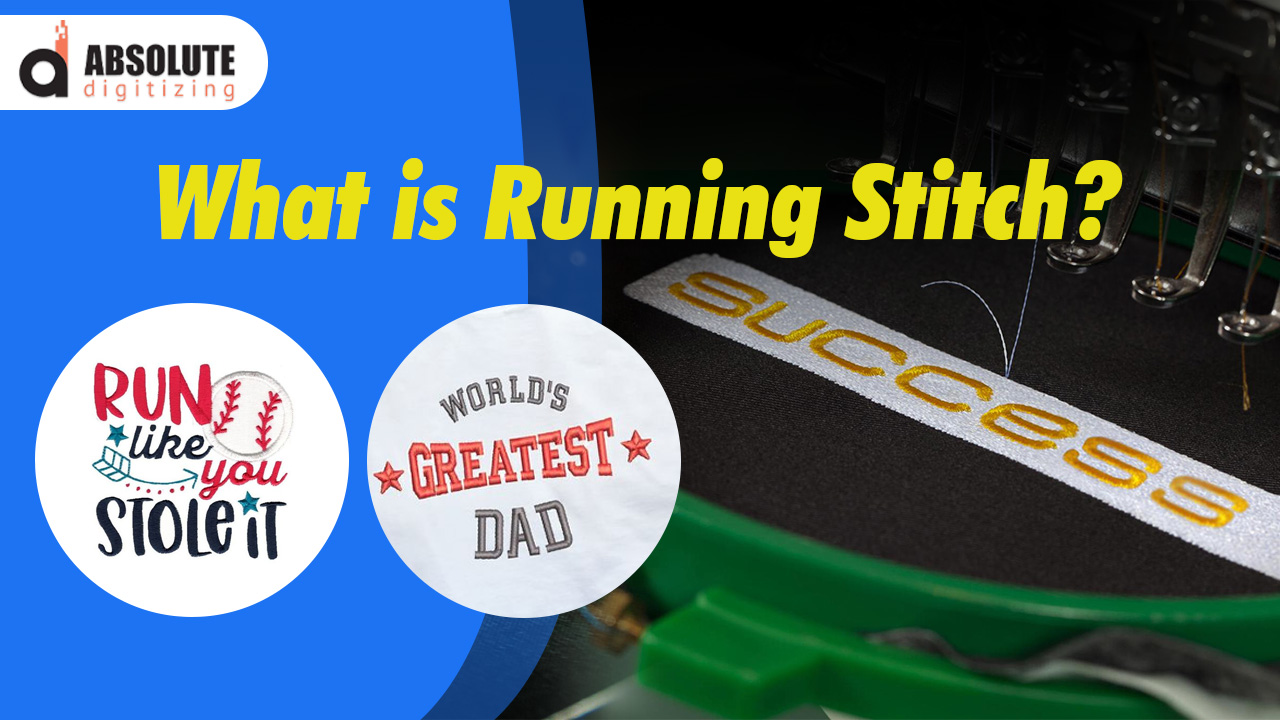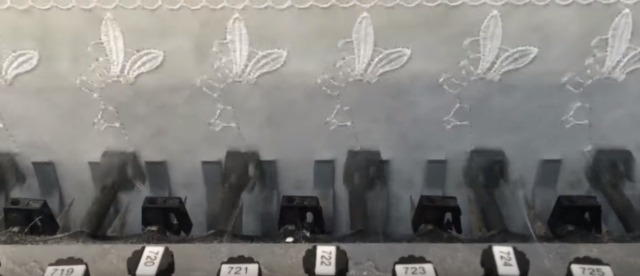If we see the history of embroidering, there was only running stitch. This one stitch gave rise to all other types of stitches. Previously workers used to utilize the Schiffli puncher and produce designs, one stitch at a time. The things starting from outlining objects, satin stitches, and fill stitches are done in a single stitch type known as running stitch.
It is a fact that the thought regarding the creation of a design in mind of most people is boring but reality can’t be changed. In the embroidery design, every movement on pantograph was made with a lot of attention to get a pleasing and production friendly designs.
Looking to get digitizing embroidery services from the experts, Absolute Digitizing is here to help. Get in touch with our expert to get high-quality work done within a reasonable price tag.
A Glimpse From Past
It is significant to be aware of the theory behind the simple stitch type. When compared to the present day, it is now present in automated stitches created by the software. In the present time, machines are very much precise as compared to the machines in the past. The Schiffli looms were made back in 1930 and 1940s. They lack the precision and speed as compared to the present day machines.
When using the Schiffli puncher, the worker needs to ensure that the machine is having an adequate movement. The minimum stitch length should be 1.5mm and ensure that the machine does not stitch twice in one place because this will lead to birds nesting. Getting loom stitch in the same place was a critical issue as compared to present day situation.
In the present time, if you are stitching at the same place this will develop a hard stitch. This situation will give rise to birds nesting or thread breakage. The breaking of a thread is not a fun thing to watch. Now, compare this situation to the past, when hundreds of thread break at once, re-threading at the time will be a hectic job to do.
Primary Rules of Running Stitch
There are always some set of rules to do a particular job the same goes for the embroidery. According to experts, the movement of 1.5mm between the thread penetrations is the best. Now, .5mm is also used and handling is difficult. Many .5mm stitches closed together will create hard stitches giving rise to a distorted design. Additionally, the expert says that using 1mm will keep you out of the danger zone. If you are looking to play safe, then 1.5mm of movement between stitch penetrations is the best.
The difference between the maximum stitch length depends on the item you are going to use. The length for wearable and a non-wearable item is different. For a wearable item, it is 7mm and if you extend the length then there will be a hindrance for stitch. For non-wearable item, it is 12.1mm and if you extend the length, then automatically machines trimmers will be activated
Significance of Theory
Embdoidery digitizing software has made the work easy. No one can deny this fact. The embroidery software programs give you the freedom to change the stitch type, object, and properties with just a single click of a button. Even with the advancement in technology, you still need old school embroidery digitizing theory to know about all the details.
For detail and realistic effects, we use running stitches in the past. The issue appears during the resizing of running stitch design 100% larger. It is still a running stitch but does not account for details required to increase the size. On the other hand, the use of software develop objects more precisely.
Keeping this all in view, harness the power of old school theory of embroidery and modern day software to work without limits. The combination will allow you to create anything you want without any hurdle. Most of the people say that old school theory regard embroidery is useless but the expert who has been working from decades understand the importance well.
For your growth, it is necessary to use the old school foundation to drive software nowadays. You should know the basics about the stitch type to become an embroidery expert.
Get Right Tool for the Work
Every job needs specific tools to complete it properly. In embroidery, if you have the right software, then your work will be easy and you will get the desired result. The newly designed software will assist you in your embroidery work:
-The software has a setting in its stitch processor that will remove the short stitches.
-The software automatically removes the duplicate stitch with .3mm from the stitch file or design.
These are some built-in function in the software that makes it handy and one should try it. Now, you are aware of the maximum stitch length but you also need to know how the stitch length is affected with the type of fabric. This is very important when we are talking about the underlay stitches that are running stitches. The underlay stitch length on cotton fabric will be different as compared to the terrycloth.
The experts say, to control stitch penetration of running stitch, use the software. One should be aware of the left click and right clicks when developing running stitches. For your information, the left clicks are for straight points and right clicks are for curves. To get better knowledge, you can check out a tutorial online.
Conclusion
Noting is impossible! You can achieve everything by following the right direction. You should have the basic knowledge regarding the stitch type and tools that will help you to do the work in the right manner. Understand the importance of stitch length and how it varies depending on the fabric type.
If you are looking to get embroidery digitizing services, then Absolute Digitizing is the right place for you. The experts are having years of experience and will do the job at affordable rates with timely delivery. The price starts at $1/1000 stitches.



